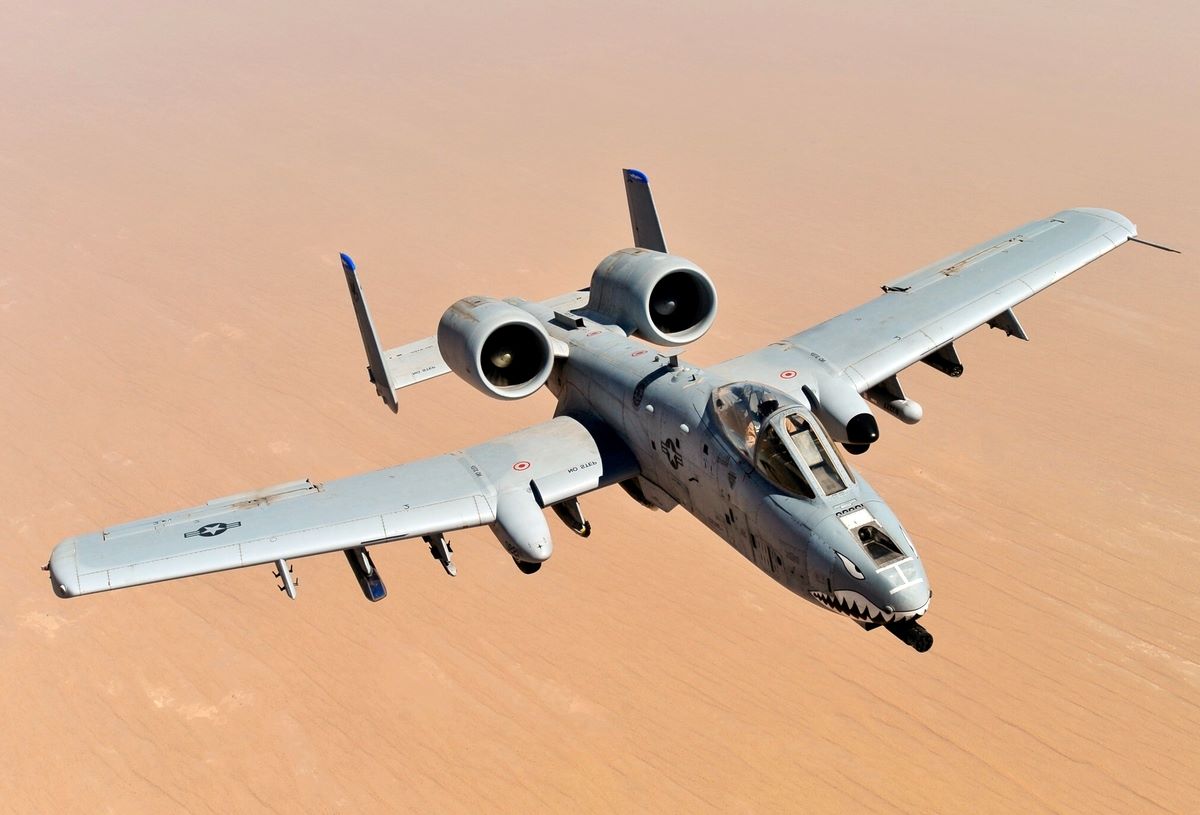
Animals are fascinating creatures that inhabit our planet, displaying a remarkable array of behaviors, adaptations, and characteristics. From the depths of the ocean to the highest mountaintops, the animal kingdom never fails to surprise us with its diversity and uniqueness. In this article, we will delve into the extraordinary world of animals and uncover 20 amazing and strange facts that will leave you in awe.
Let's embark on a captivating journey through the animal kingdom, where we'll encounter bizarre creatures and uncover the remarkable abilities and peculiar traits that make them truly extraordinary. Get ready to be amazed as we explore the intriguing world of animals and discover the astonishing facts that set them apart from the ordinary.
Key Takeaways:
- The animal kingdom is full of fascinating creatures with unique abilities, from the Pink Fairy Armadillo’s shell to the Axolotl’s regeneration skills. These strange animals showcase the diversity and wonder of nature.
- From the speedy Star-Nosed Mole to the virtually indestructible Tardigrade, these animals demonstrate the incredible adaptability and resilience of life on Earth. Their extraordinary features and behaviors make the natural world a truly amazing place.
The Pink Fairy Armadillo has a Unique Shell Structure
The Pink Fairy Armadillo, native to Argentina, is the smallest species of armadillo. Its unique shell structure allows it to maneuver through sandy environments with ease. The shell is not attached to its body, enabling the armadillo to bury itself effortlessly to escape predators and extreme temperatures.
The Axolotl is a Master of Regeneration
The Axolotl, also known as the Mexican walking fish, possesses a remarkable ability to regenerate body parts. Unlike other salamanders, the Axolotl retains its larval features throughout its life, including external gills. This fascinating creature can regrow limbs, tail, spinal cord, and even parts of its brain without scarring.
The Star-Nosed Mole is the Fastest Eater in the Animal Kingdom
The Star-Nosed Mole, found in eastern North America, has a unique star-shaped appendage on its snout, which is the fastest eating organ among all mammals. With 22 fleshy tentacles, the mole can identify and consume food in less than a quarter of a second, making it a remarkable predator in its habitat.
The Aye-Aye has a Specialized Middle Finger
The Aye-Aye, a lemur native to Madagascar, has a distinct elongated and thin middle finger, which it uses to extract insects from tree bark. This specialized appendage, combined with its keen sense of hearing, allows the Aye-Aye to locate and capture prey with remarkable precision.
The Platypus is a Mammal that Lays Eggs
The Platypus, found in eastern Australia, is one of the few mammals that lay eggs instead of giving birth to live young. This unique creature also possesses other extraordinary features, including a duck-like bill, webbed feet, and the ability to detect electric fields generated by its prey.
The Mantis Shrimp has Exceptional Vision
The Mantis Shrimp, also known as "sea locusts," have the most complex eyes in the animal kingdom. Their eyes can move independently and perceive polarized light, enabling them to detect predators and prey with remarkable accuracy. With 12 to 16 types of photoreceptor cells, the Mantis Shrimp has a broad visual spectrum, allowing it to see ultraviolet, visible, and polarized light.
The Tardigrade is Virtually Indestructible
The Tardigrade, also known as the water bear, is an extremophile micro-animal capable of withstanding extreme conditions. These microscopic creatures can survive in outer space, endure high levels of radiation, and withstand temperatures ranging from near absolute zero to well above the boiling point of water.
The Kakapo is a Flightless Parrot
The Kakapo, a critically endangered species native to New Zealand, is the world's only flightless parrot. This nocturnal, herbivorous bird has a unique mating ritual and emits a distinct booming call to attract potential mates.
The Fossa is a Unique Predator
The Fossa, native to Madagascar, is a carnivorous mammal that resembles a combination of a cat and a mongoose. It is the largest carnivorous mammal on the island and is known for its remarkable agility and tree-climbing abilities.
The Yeti Crab Thrives in Extreme Environments
The Yeti Crab, discovered in 2005 near Easter Island, lives in hydrothermal vent ecosystems, where it thrives in high-pressure, low-oxygen, and high-temperature environments. This remarkable crustacean has a unique appearance, with its body covered in silky blond setae, resembling the mythical Yeti.
The Thorny Dragon has a Unique Defense Mechanism
The Thorny Dragon, native to Australia, has a remarkable defense mechanism to deter predators. Its skin is covered in conical spines, and it can change color to regulate its body temperature. Additionally, the Thorny Dragon can collect water through capillary action from any part of its body.
The Hummingbird Hawk-Moth Mimics Hummingbirds
The Hummingbird Hawk-Moth, found in Europe, Asia, and Africa, is a remarkable insect that resembles a hummingbird in appearance and behavior. With its rapid wingbeats and ability to hover in front of flowers while feeding, it often confuses observers into thinking it is a tiny hummingbird.
The Pangolin is the World's Only Scaled Mammal
The Pangolin, native to Africa and Asia, is the only mammal covered in scales. When threatened, it can roll into a tight ball, using its sharp-scaled armor as protection against predators. Unfortunately, the Pangolin is one of the world's most trafficked mammals due to the demand for its scales in traditional medicine.
The Japanese Spider Crab has the Longest Leg Span of Any Arthropod
The Japanese Spider Crab, found in the waters around Japan, has the longest leg span of any arthropod, reaching up to 12 feet from claw to claw. Despite its intimidating appearance, this giant crab is known for its gentle disposition and primarily feeds on shellfish and dead animals.
The Blue Dragon Nudibranch is a Beautiful but Deadly Creature
The Blue Dragon Nudibranch, also known as Glaucus atlanticus, is a strikingly beautiful sea slug with a venomous sting. This tiny but deadly predator preys on Portuguese Man o' War and stores the venomous nematocysts from its prey to use for its own defense.
The Shoebill has an Impressive Stare
The Shoebill, native to East Africa, is a large bird known for its unique appearance, characterized by a massive, shoe-shaped bill. This solitary and patient predator is capable of standing still for long periods, waiting for the perfect opportunity to catch its prey.
The Gerenuk has an Unusual Feeding Behavior
The Gerenuk, found in East Africa, has a distinctively long neck and stands on its hind legs to feed on leaves and shoots that are out of reach for other gazelle species. This unique feeding behavior has earned it the nickname "giraffe gazelle."
The Red-Lipped Batfish Walks on the Ocean Floor
The Red-Lipped Batfish, native to the Galápagos Islands, has a distinctive bright red pout and is known for its unusual walking behavior on the ocean floor. With its modified fins resembling legs, this quirky fish moves along the seabed in search of small crustaceans and mollusks.
The Saiga Antelope has Unusual Facial Features
The Saiga Antelope, native to the Eurasian steppe, has a distinctive bulbous nose that helps regulate the temperature and humidity of the air it breathes. This unique adaptation allows the Saiga to thrive in the extreme environments of the Central Asian steppes.
The Narwhal has a Unique Tusk
The Narwhal, known as the "unicorn of the sea," is a medium-sized whale found in the Arctic waters. It is known for the long, spiral tusk protruding from its head, which is actually an elongated tooth. The purpose of this tusk remains a subject of scientific debate, with theories ranging from sensory organ to a secondary sexual characteristic.
I hope you find these 20 Amazing Strange Animals Facts fascinating and engaging!
Conclusion
In conclusion, the animal kingdom never ceases to amaze with its extraordinary diversity and peculiarities. From the elusive aye-aye's unique feeding habits to the astonishing mimic octopus's unparalleled camouflage skills, the natural world is a treasure trove of bizarre and fascinating creatures. These 20 amazing strange animal facts offer a mere glimpse into the countless wonders waiting to be discovered. By delving into the mysteries of these remarkable beings, we gain a deeper appreciation for the intricate tapestry of life on Earth.
FAQs
What makes these strange animals unique?Each of these animals possesses distinct traits that set them apart from the rest of the animal kingdom. Whether it's the axolotl's regenerative abilities or the star-nosed mole's extraordinary sense of touch, these creatures showcase the astonishing diversity of nature.
Where can I learn more about strange animals?To further explore the captivating world of strange animals, you can delve into documentaries, books, and online resources dedicated to wildlife. Zoos and aquariums also offer valuable opportunities to observe and learn about these remarkable creatures up close.
Was this page helpful?
Our commitment to delivering trustworthy and engaging content is at the heart of what we do. Each fact on our site is contributed by real users like you, bringing a wealth of diverse insights and information. To ensure the highest standards of accuracy and reliability, our dedicated editors meticulously review each submission. This process guarantees that the facts we share are not only fascinating but also credible. Trust in our commitment to quality and authenticity as you explore and learn with us.


